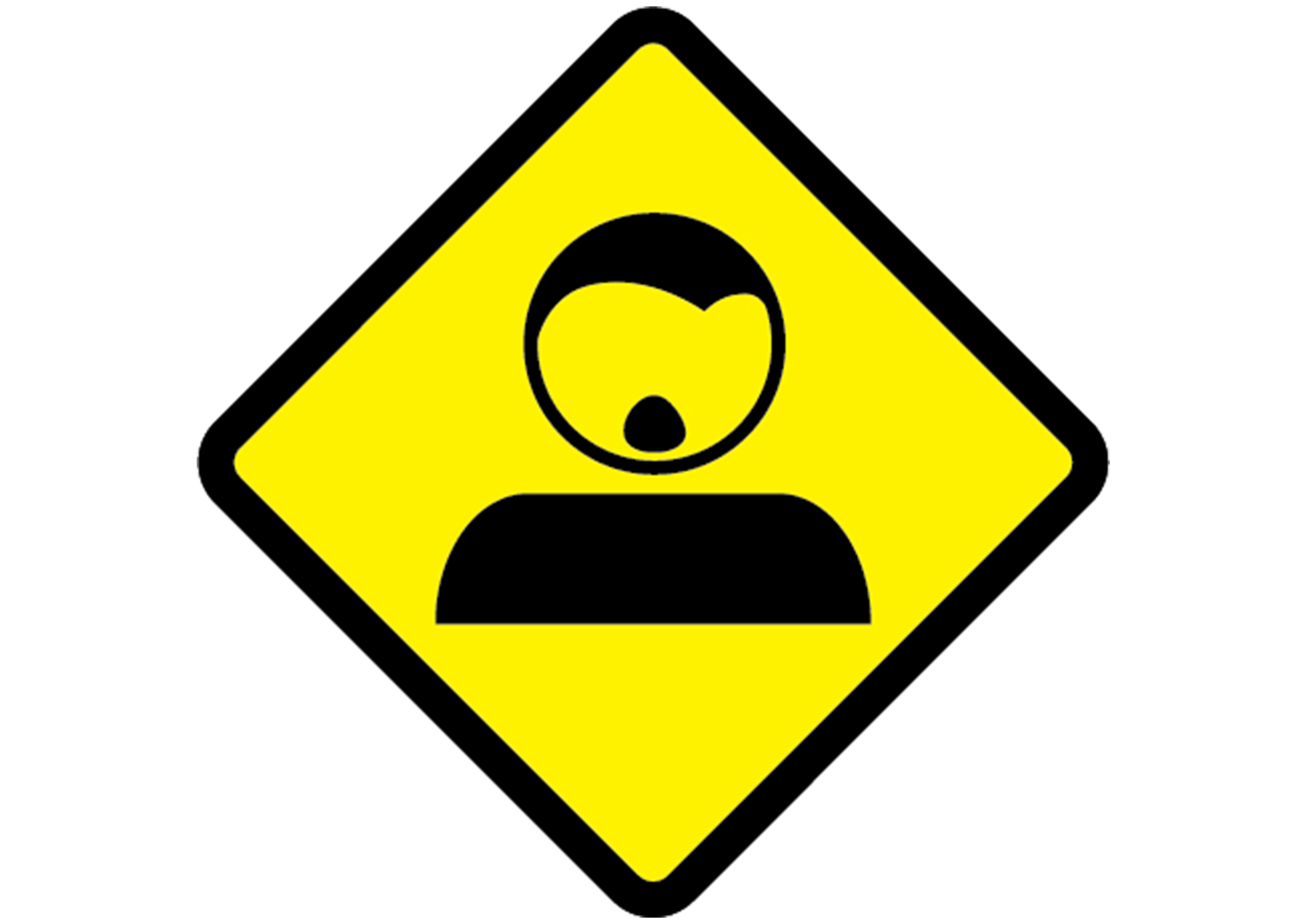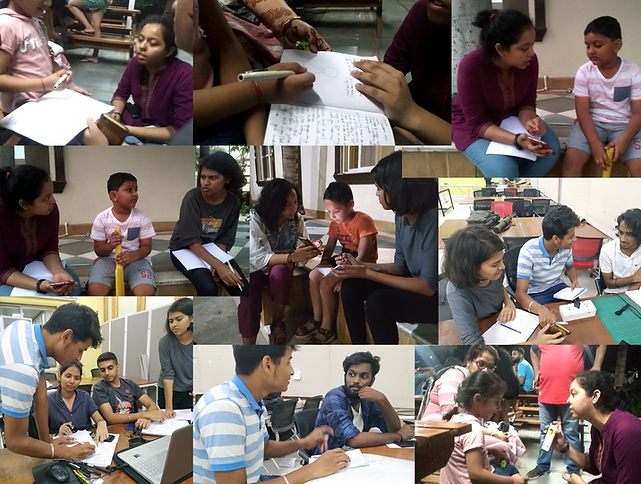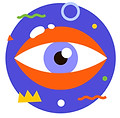Visual Comm • Semiotics • Inclusive Design
LENTICULAR SIGNAGE
4 Weeks • 2019
TEAM OVERVIEW
3 Product Designers
MY ROLE
Conducting user interviews • Qualitative data analysis • Insight generation • Brainstorming • Design Strategy • Visual Design
RESEARCH METHODS
User Interviews • Fly on the wall • Ethnography • Survey • Literature study • Experiments
AWARD-WINNING PROJECT

Rank 3 at National Level: India | Design Challenge for Students 2019 organized by the Confederation of Indian Industries (CII) and the Govt of Telangana in association with the World Design Organization (WDO) at the Hyderabad Design Week.
THE CHALLENGE
How might we redesign the universal symbols for persons agnostic of culture, academic and socio-economic backgrounds?
THE OUTCOME
Redesigned symbols by using action-based representation, resulting in enhanced symbol recognition and inclusivity
Redesigned Symbols: Representing Intent and Action

Zebra Crossing

Danger

Stop

Fire Hazard
Design brief received from CII & WDO
Design universally recognizable symbol/logo for public space and road signage for the persons agnostic of culture, academic and socio-economic backgrounds.
The symbols we chose to redesign were: Zebra Crossing, Stop, Danger, Fire Hazard
Secondary Research

Brain Mechanisms
Decoding and interpreting incoming sensory information are the brain’s most important tasks and our survival depends on the speed and accuracy of such processes.
We studied various perception and cognition processes to ensure a valid solution.

Gender Bias
The general representation of a male and female icon is filled with cultural anomalies in the way of representation of their clothing.
We observed the distinguishing patterns between the figures of a man and woman to implemented them in the symbols.
Primary Research
We talked to 30+ users to gauge their understanding about the current symbols.

50-20-5 experiment
An experiment was conducted to analyze the perception and comprehension of objects from different distances (50 m, 20 m, 5 m) which revealed the hierarchy of information processing in people’s brains.

User Interviews
Conducted across a spectrum of users of different age groups, diverse educational backgrounds, economic status, etc. with a general intent to understand and analyze perception patterns among different people.

Mikha bhai, 62 | Auto Rikshaw driver
“Arrey vo chowkdi aati hai na lal rang ki", referring the stop sign.

Rashi ben, 43 | Fruit seller
“Nazdeek aaega to khade rehne ka, agr chalte rhe, to gaadi thok dega”, what does the zebra crossing mean.


Samayra, 6 | Student
“Haan hame pta rehta hai, girls kurti pehnti hai, aur boys pants”, when asked to differentiate the male and female symbol.
Key Findings
Symbols are, in the most basic sense, a means of communication, but without action and intent, they often lead to misconceptions.

Sudden motion in peripheral vision triggers alertness, enhancing a symbol's recall value.

Symbol interpretation is influenced by various factors such as environment, emotions, context, lifestyle, and culture.

Action representation is essential for introducing new or unfamiliar symbols, it clarifies intent and guides action, reducing ambiguity and cognitive barriers.

Symbol recognition stems from learned behavior, that is people eventually adapt rather than inherent understanding.
Lenticular Technology
Lenticular lenses are used to create images with depth, motion, or the ability to change when viewed from different angles. We selected this technology to represent the action of the symbols, enhancing their ability to convey meaning and improving the clarity of their usage.

According to a proven study, 96% of the readers recalled the messaging of a lenticular advertisement.


Lenticular products are more effective than traditional products as this concept has 5x more chances to stop consumers in their tracks and grab their attention.

And the best part? There is no need of any external factor such as glasses to get the 3D effect!
Check out the application of concept here
Key Learnings
Ensuring that symbols and signage are easy to interpret is essential, as ambiguity can lead to confusion or ignored messages.
Designing with inclusivity in mind ensures that symbols and signs are universally understood, regardless of cultural or educational background, which broadens their impact and effectiveness.
The realization that design solutions need to evolve over time to remain relevant. What works today may not be as effective in the future, so adaptability and ongoing testing are key.
The Team
Priyal Patel
Shubham Sawant
Rahi Ranadive



